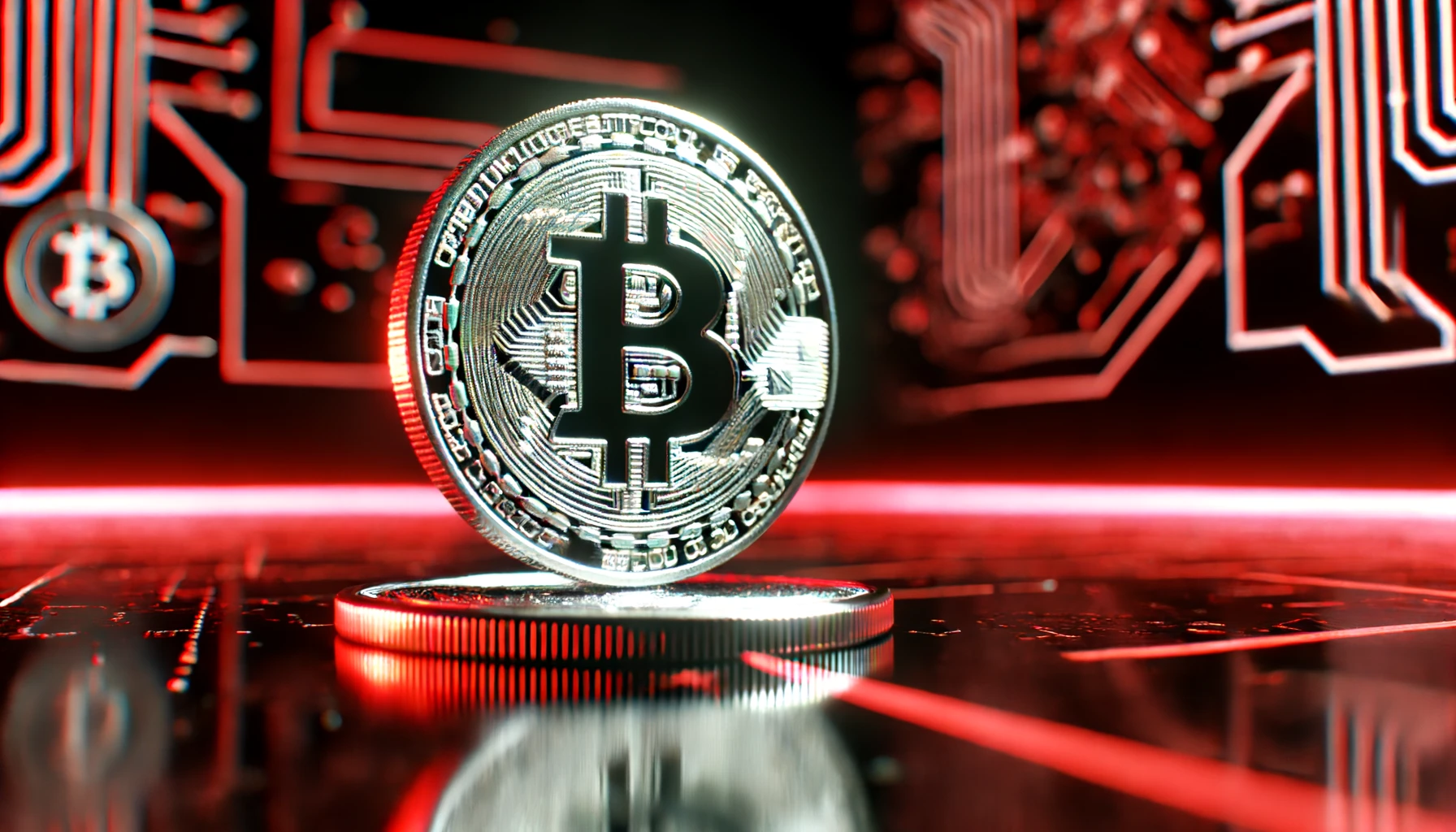Circle is set to roll out NFC contactless payment functionality for USDC on iPhones, leveraging Apple’s newly opened NFC chip access to third-party developers. This development will allow users to make seamless USDC transactions with a single tap, significantly enhancing the usability of digital currencies.
Points
- Circle will enable NFC contactless payments for USDC on iPhones, utilizing Apple’s newly opened NFC chip.
- The feature allows users to conduct USDC transactions by tapping their iPhone on payment terminals or other devices.
- This initiative marks a significant step in integrating digital currencies into everyday transactions.
Circle, the issuer of the stablecoin USDC, is poised to revolutionize digital payments by enabling NFC (near-field communication) contactless transactions for USDC on iPhones. This move comes in response to Apple’s recent decision to open up its NFC chip and Secure Element (SE) technology to third-party developers, a change that promises to expand the use of digital currencies in everyday transactions.
Jeremy Allaire, CEO of Circle, announced the upcoming feature, which will allow iPhone users to make seamless USDC payments with a simple tap, similar to how Apple Pay currently operates. This development marks a significant step forward in integrating digital currencies into the mainstream financial ecosystem, providing users with a convenient and secure way to conduct transactions using blockchain technology.

Prior to this change, NFC functionalities on iPhones were restricted to Apple’s own Wallet app and Apple Pay. However, Apple’s new policy allows third-party developers to create applications that can interact directly with the iPhone’s NFC chip. For Circle, this means that point-of-sale systems can now communicate with blockchain-enabled iPhone wallets, enabling transactions to be settled on the blockchain instantly.
The new NFC feature will not be limited to USDC alone. Allaire mentioned that it could also extend to other digital assets, such as non-fungible tokens (NFTs) and additional stablecoins like EURC. This flexibility broadens the scope of what can be achieved with blockchain technology on Apple devices, potentially setting the stage for broader adoption of digital currencies in everyday life.
Initially, the NFC feature for USDC will be rolled out in select regions, including the United States, the United Kingdom, Australia, Canada, Japan, Brazil, and New Zealand. Notably, the European Union is currently excluded from this initial rollout, although future expansions are likely as the technology gains traction.
The integration of NFC technology into the crypto ecosystem offers multiple benefits. For consumers, it simplifies the process of sending and receiving digital currencies, eliminating the need for complex QR codes or long wallet addresses. Businesses can also leverage this technology to create loyalty programs that reward customers with crypto, further embedding digital currencies into the consumer experience.
解説
- Advancement in Digital Payments: Circle’s introduction of NFC contactless payments for USDC on iPhones represents a major advancement in digital payments. By leveraging Apple’s NFC technology, Circle is making it easier and more intuitive for users to engage with digital currencies, which could significantly boost adoption.
- Broader Implications: The ability to use USDC and other digital assets in everyday transactions could bridge the gap between traditional finance and the crypto world. As more businesses and consumers begin to use these technologies, the line between digital and traditional currencies may continue to blur.
- Future Prospects: While the initial rollout is limited to a few countries, the success of this initiative could lead to broader adoption and expansion into other regions. As NFC-enabled crypto payments become more common, they could play a key role in the future of global financial transactions.
